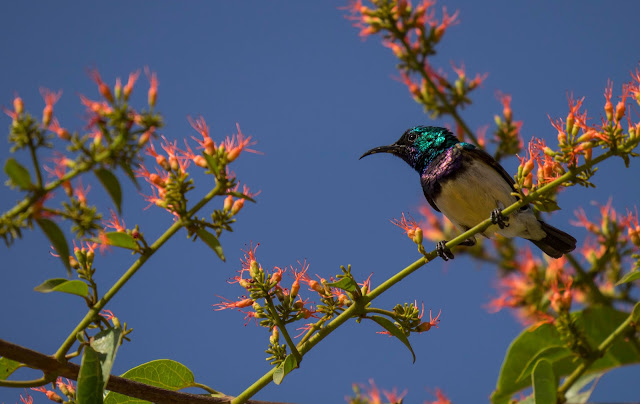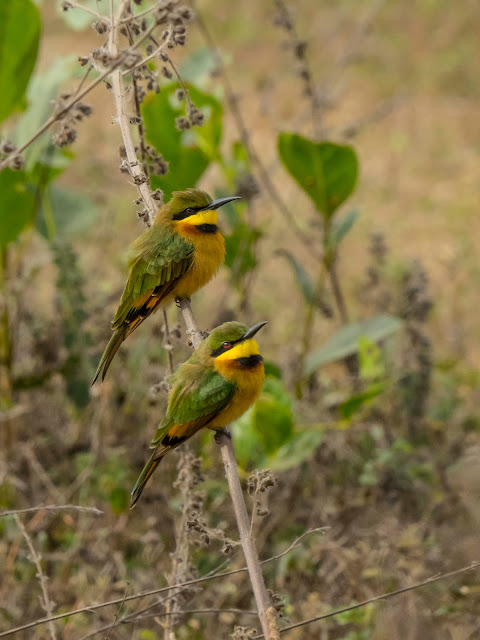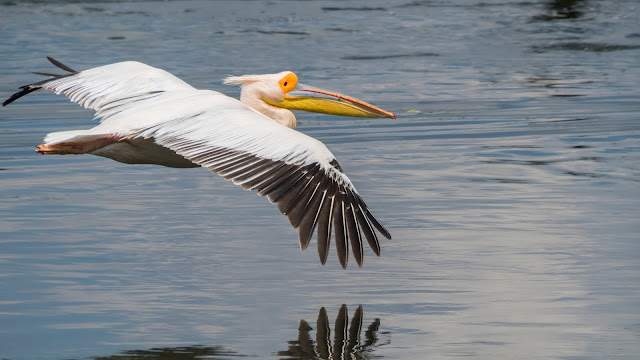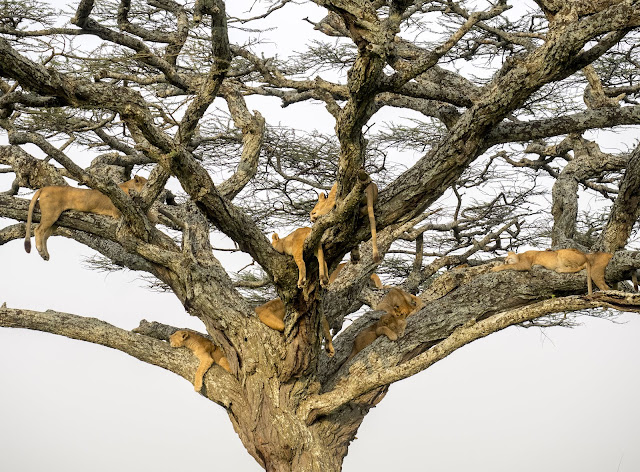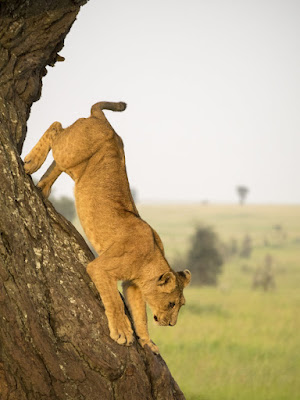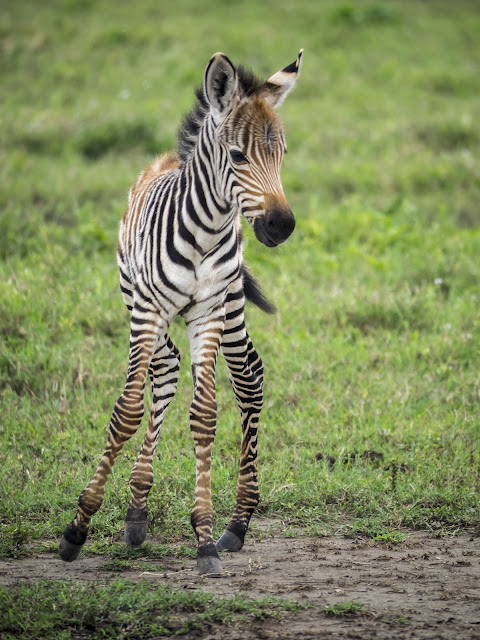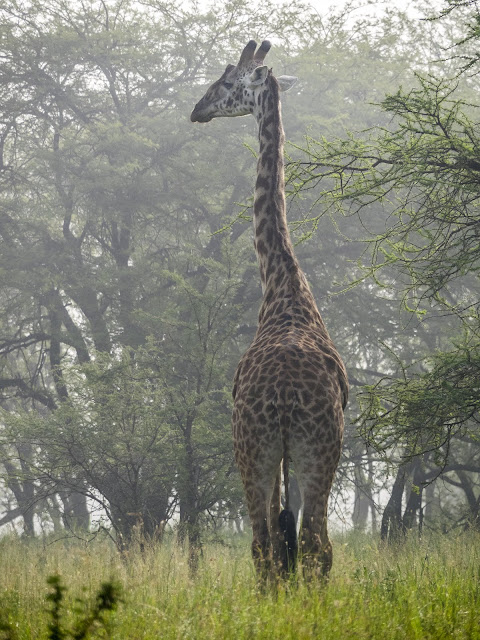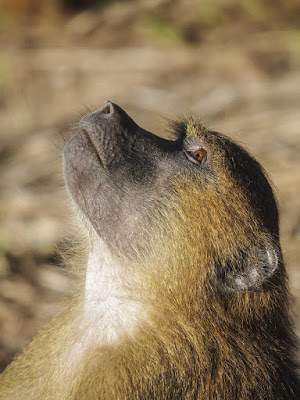So far this year I have visited Iceland in Februray, March, May and June, leading tours for
Naturetrek. I am lucky that my brother, Simon, lives with his wife Lara near Reykjavik - I have a home from home when I need it!
It is an amazing country, close to the Arctic Circle and positioned mid-way between Europe and North America. It is geologically fascinating, with active volcanoes and a wealth of geothermal sites. Vatnajokull is Europe's largest glacier but there are several more dotted around the island. Ongoing volcanic activity, glaciation, extreme weather and the sea have combined to produce an incredible landscape. Black lava flows crunble into the raging Atlantic, tumultuous waterfalls cascade over towering cliffs and snow-topped, precipitous mountains give way to vast sand plains. I can honestly say that it is the most impressive scenery that I have seen anywhere in Europe.
 |
| Icerbergs on black sand beach, near Jokulsarlon |
And Iceland has a unique atmosphere; the viking heritage lives on in a fiercely independent culture. With a total population under 300,000, there are vast wilderness areas where birds dominate. There are relatively few species compared to the UK but the sheer abundance of breeding birds in the short sumer is astonishing. There are several species that have their most important breeding grounds in Iceland, a few that breed nowhere else in Europe. Winter is the best time to look for Gyrfalcon, the largest Falcon in the world. Finally, Iceland is the premier whale watching location in Northern Europe, where sightings of Minke, Humpback and Sperm Whales are very likely.
 |
| Jokulsarlon |
 |
| 19th Century Church |
 |
| Roadside waterfall |
Winter
There are two different winter tours, one to the north-east around Lake Myvatn and the other to the Snaefellsnes Peninsula in the west. We witnessed the Northern Lights in both places. The scenery is arguably better in the far north, where we had heavy snow. The lake itself is warmed in places by underwater thermal springs and some areas remain free of ice.
 |
| Godafoss |
 |
| Lake Myvatn |
Spring/Summer
This is the only time to visit Iceland for serious birders - there are breeding seabirds and waders everywhere! During back-to-back tours, I travelled all the way around Iceland along route 1, the main ring-road. Perhaps my favourite area is the east coast because it is so wild and relatively unknown. The most exciting birding was around Lake Myvatn and the whale watching from Husavik was superb. Snaefellnes has a unique atmosphere and taking the Laki Tours boat from Olafsvik, we had close encounters with huge male Sperm Whales. I appreciated having Mike Youdale as co-leader on the second tour, he's an excellent birder and good company! I am due to return to Iceland this autumn, when the Northern Lights should again be visible and flocks of migrating geese can turn up anywhere.
 |
| Red-necked Phalarope |
 |
| Tail fluke of Humpback Whale |
 |
| Long-tailed Duck |
 |
| Common Eider |

